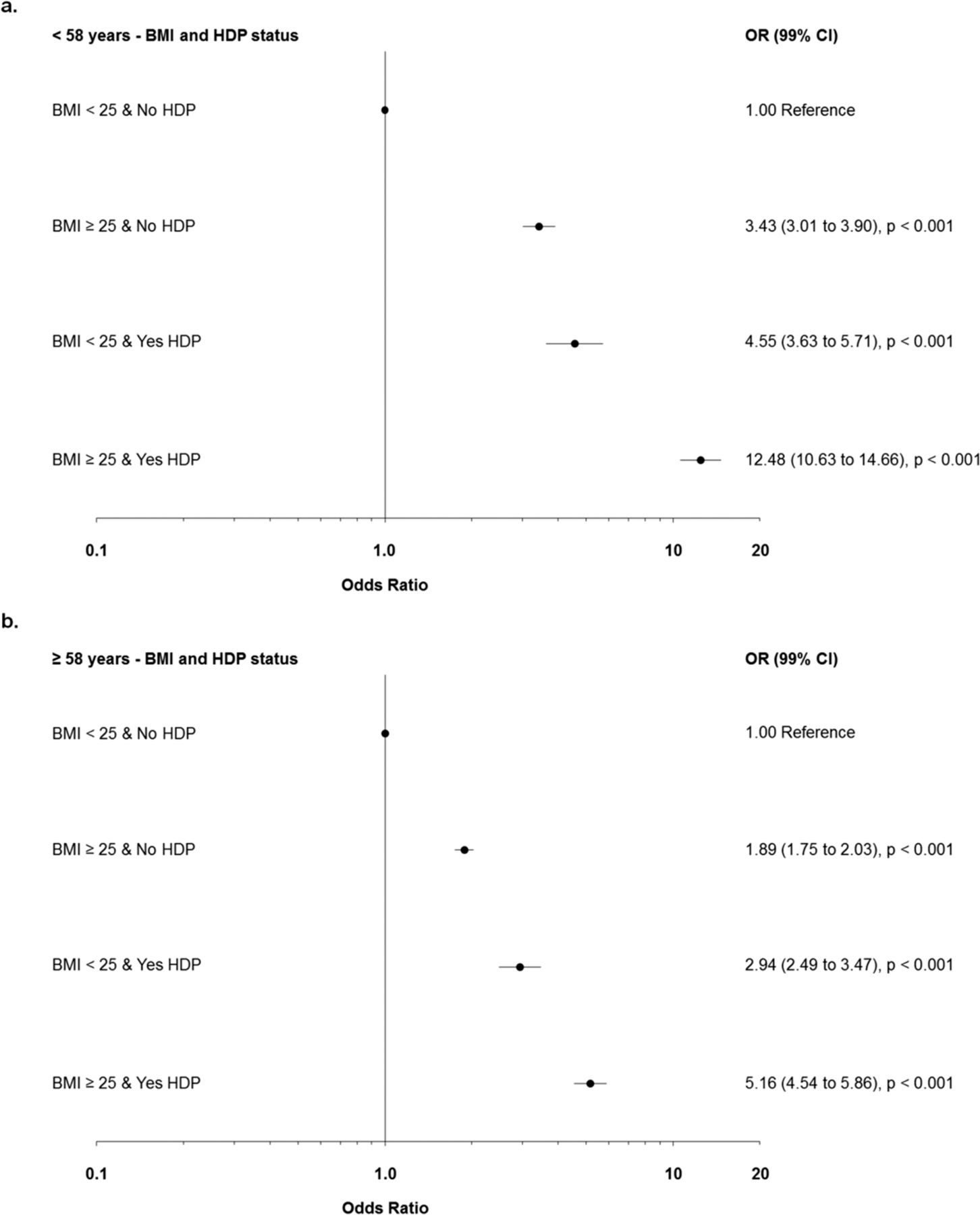


urine microscopy on a carefully collected midstream urine sample.If features of pre-eclampsia are present, perform:.spot urine protein creatinine ratio (PCR).Perform the following investigations in all women with new onset hypertension after 20 weeks gestation:.Initial assessment Maternal assessment and investigations If transfer is required, seek assistance from PIPER – 1300 137 650.Understand your health service’s capability level – see Victorian Maternity and Newborn Capability Framework.At Admit to hospital if features of pre-eclampsia are detected.Initial assessment and management in a day assessment setting may be appropriate.Assess for signs and symptoms of pre-eclampsia.Hypertension after 20 weeks: assessment and management flowchart Practice points PREGNANCY can be used safely in breastfeeding mothers Peripheral edema and constipationįirst dose effect = orthostatic hypotensionįlushing, headache, nausea, lupus-like syndrome Severe headache associated with flushing and tachycardia. Dry mouth, sedation, depression, blurred vision Table 2: Ongoing treatment with antihypertensive medication Medicationī blocker with mild alpha vasodilator effectīradycardia, bronchospasm, headache, nausea They can be used post-partum and are compatible with breastfeeding. Their use in the third trimester has been associated with fetal death and neonatal renal failure. Angiotensin converting enzyme (ACE) inhibitors and angiotensin receptor blockers (ARBs) are contraindicated in pregnancy.Multiple agents may be required to control hypertension.Second line agents are hydralazine, nifedipine (if available) and prazosin.First line drugs include labetolol and methyldopa.IV bolus over 5 minutes, administered by a medical officer. Max effect usually occurs within 5 min of each doseĥ–10 mg (first dose 5 mg if fetal compromise) IV bolus over 2 min repeat every 10 min prn Repeat after 45 min if response inadequate Table 1: Acute treatment with antihypertensive medication Medicationģ0–45 minutes. continuous oxygen saturation monitoring.30 minutely - complete set of vital signs, and assessment of response to treatment.Observations during acute treatment of severe hypertension do not allow blood pressure to fall below 140/80 mmHg.

commence antihypertensive treatment (Table 1) for all women with a systolic blood pressure ≥170 mmHg or a diastolic blood pressure ≥110 mmHg.


 0 kommentar(er)
0 kommentar(er)
